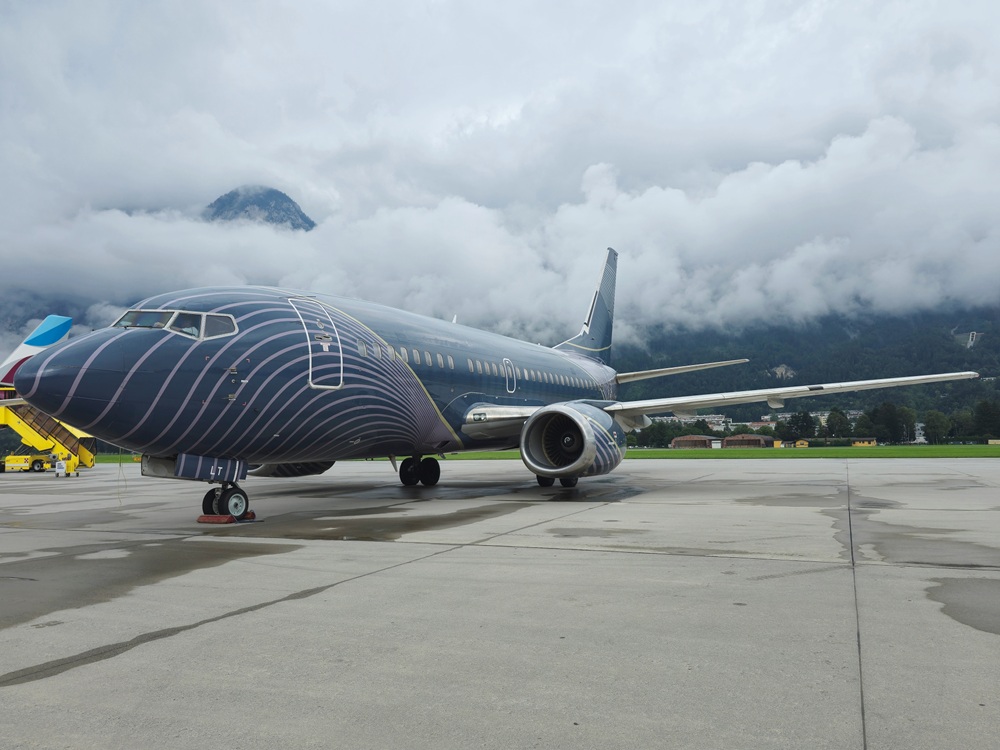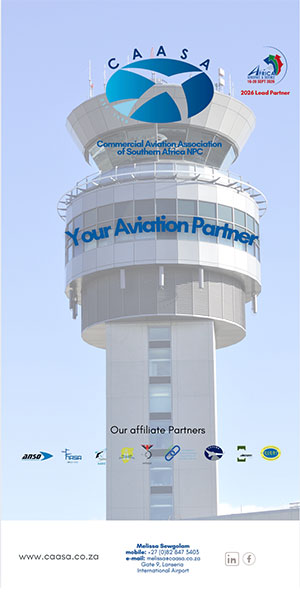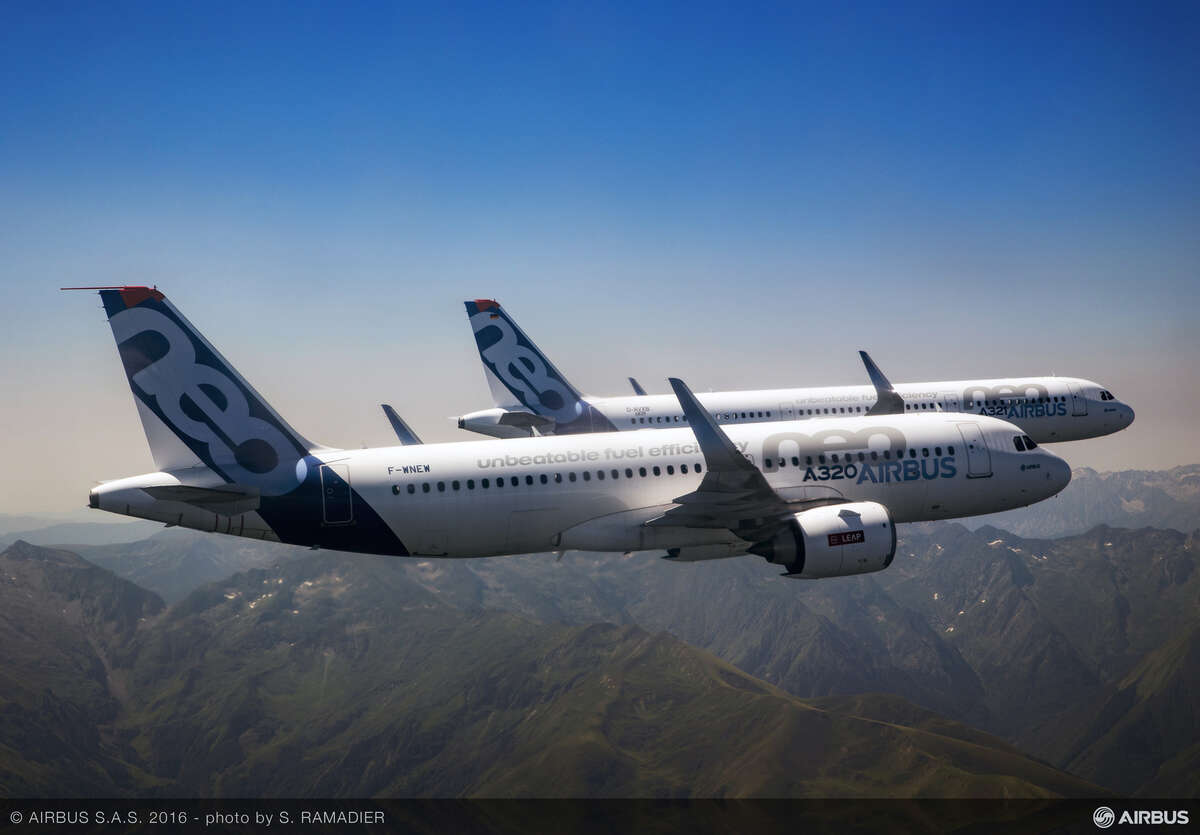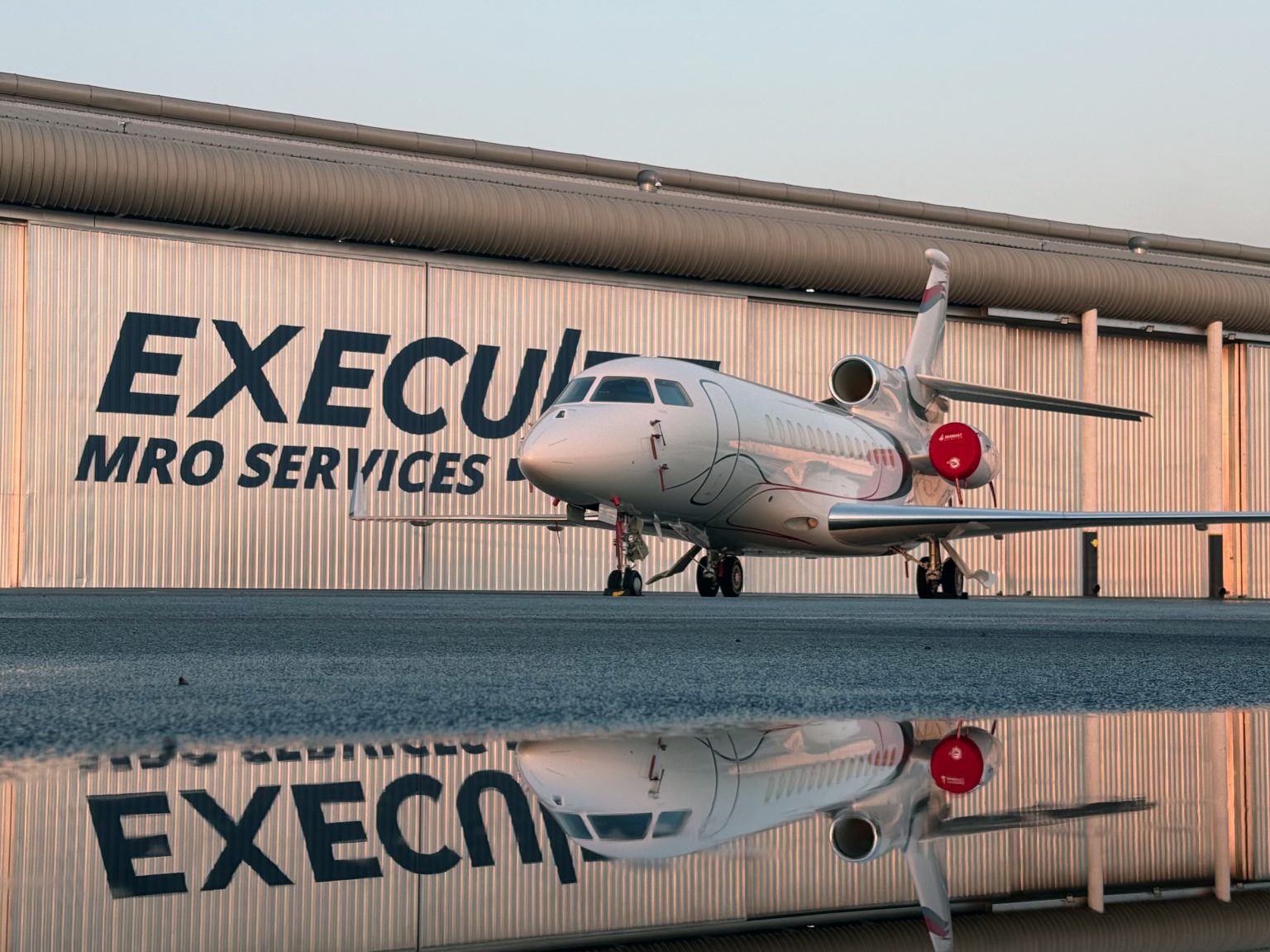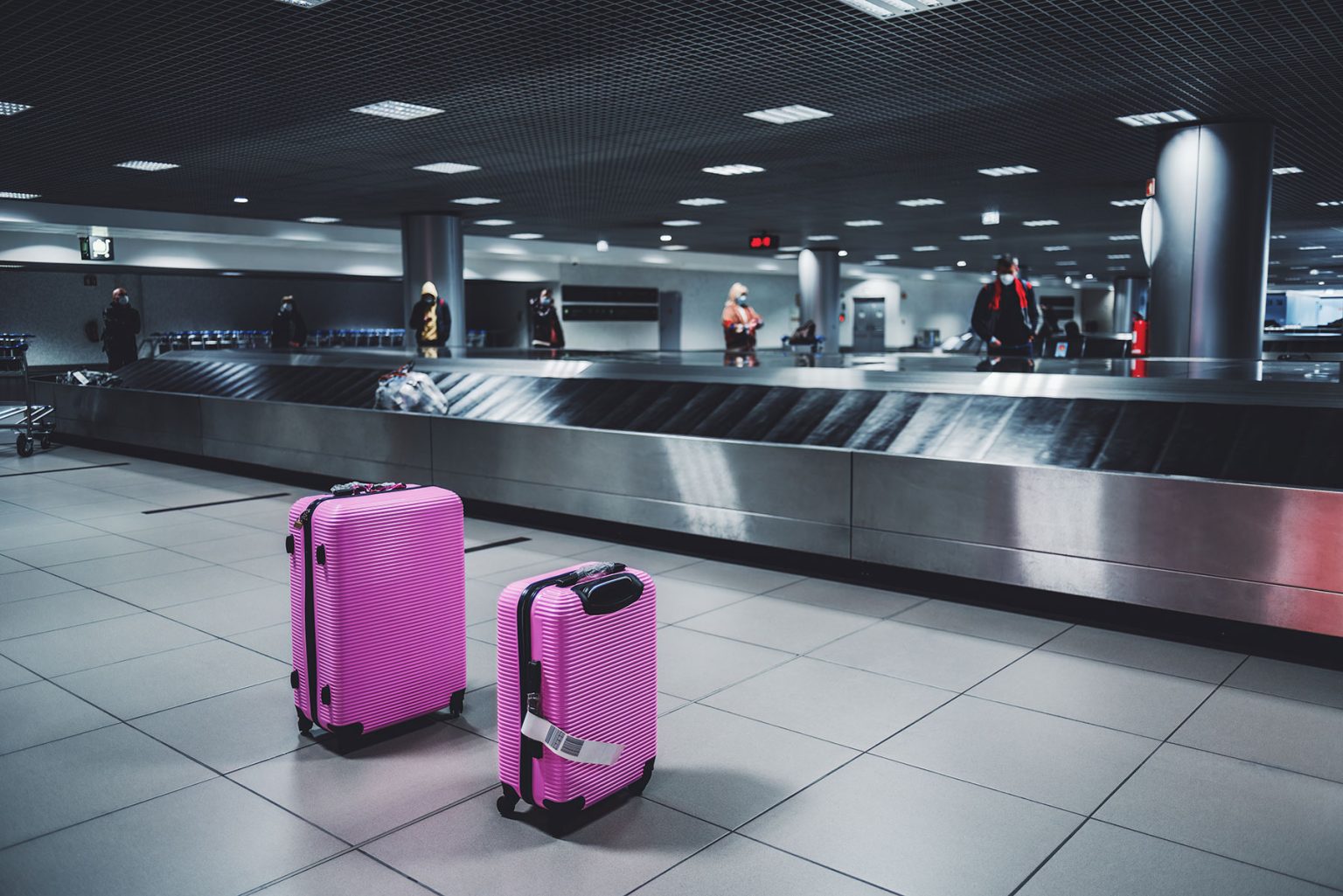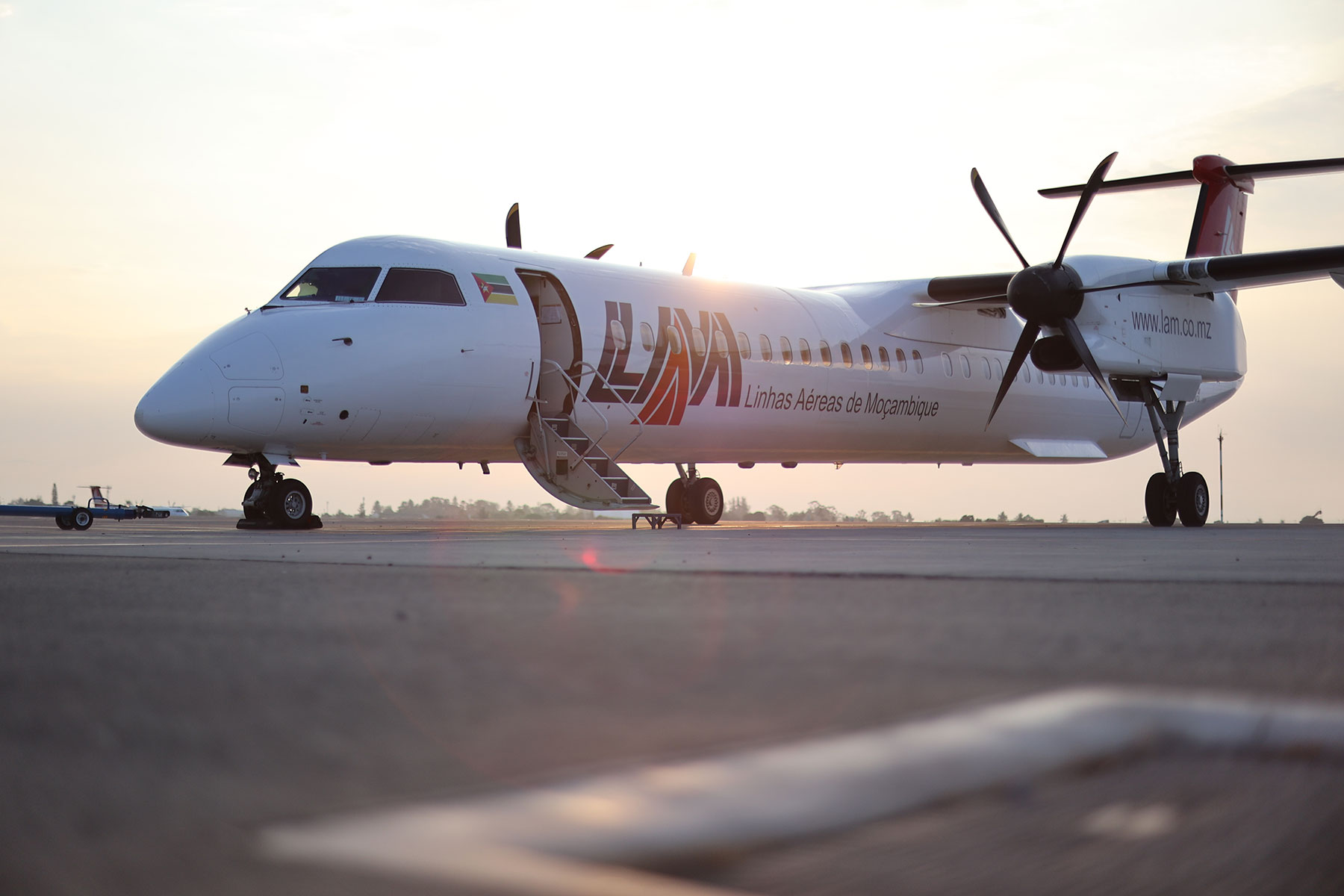By: Zbigniew Mlotkowski, Director of Crew Training at KlasJet
Pilots operating at the world’s most difficult airports must be at their best, as the unique conditions of specific airports can present various challenges during landing or take-off. Demanding environments require high-level skills to navigate aircraft and manage operations in hazardous airports. Zbigniew Mlotkowski, Director of Crew Training at KlasJet, discusses the specific challenges pilots may face at difficult airports and explains how specialised training is conducted.
There are several well-known airports globally that are regarded as the most dangerous. One of these is Madeira Funchal Airport (FNC), which is known for its challenging runway. One end of the runway is built on concrete pillars, with steeply rising terrain nearby, and the other end lies very close to cliffs. This forces aircraft to remain offset from the centre line for a significant part of the approach. Combined with winds descending from the mountains, this creates localised moderate turbulence.
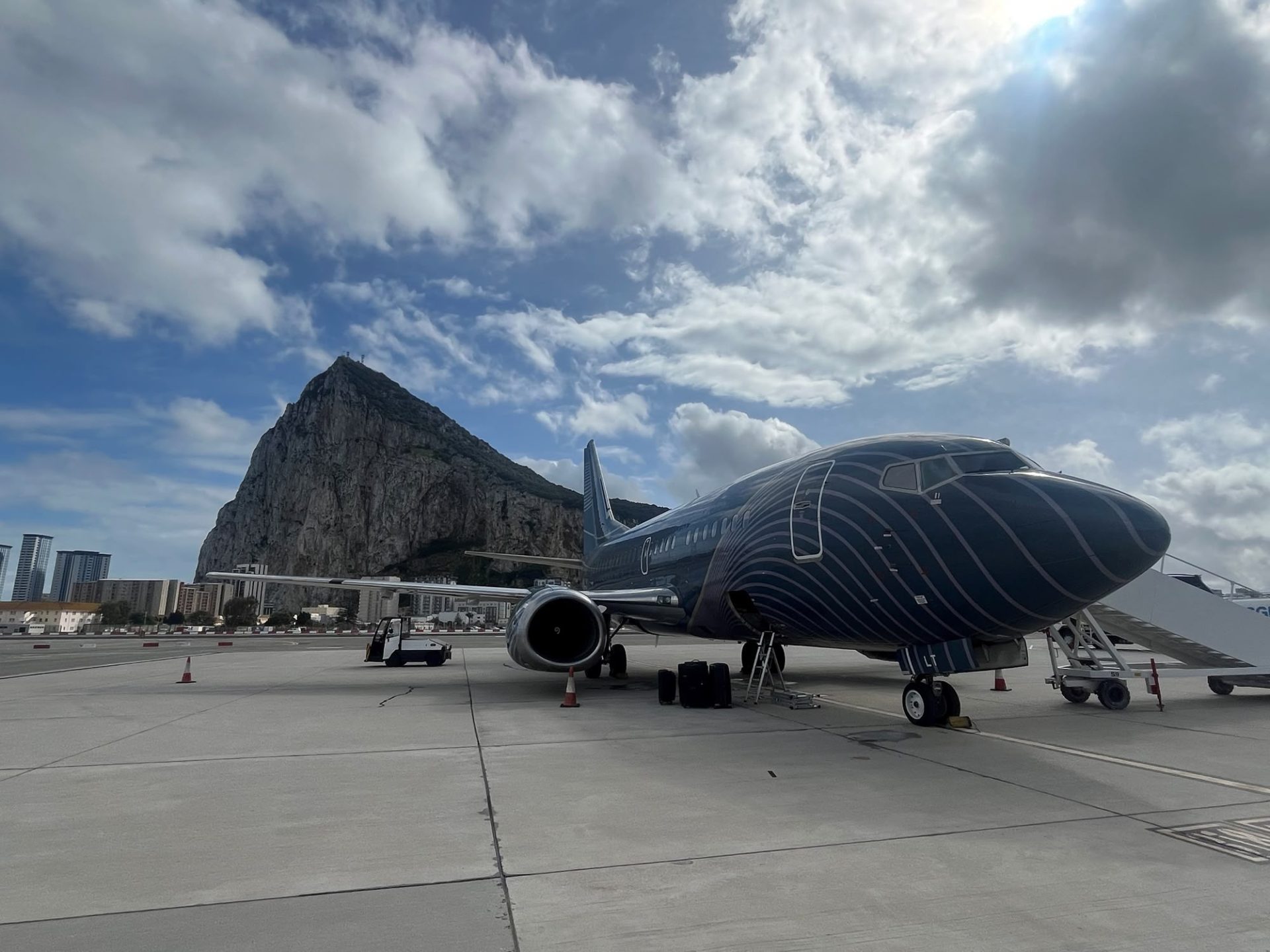
Another airport known for difficult runway conditions is Innsbruck Airport (IIN), located in the Alps, within a valley surrounded on almost all sides by high, rocky mountains. This airport requires specific procedures to be followed during approach and landing. Any slight deviation from the prescribed tracks may bring the aircraft dangerously close to the surrounding mountains, potentially compromising safety.
Airports are generally evaluated as dangerous based on several factors. One of the main considerations is terrain. Surrounding mountains often complicate the landing process, requiring special procedures for both arrival and departure. Weather conditions are also critical, as strong winds — especially crosswinds — combined with hills and mountains can cause local turbulence, wind shear, and microbursts. These weather phenomena demand excellent flying skills. Runway dimensions also play a vital role: short and narrow runways require exceptional piloting precision to maintain the correct approach path while carefully monitoring changing weather, even on a local scale.
Each complex airport requires strong aircraft performance and highly accurate calculations to ensure flight safety is not compromised under actual conditions.
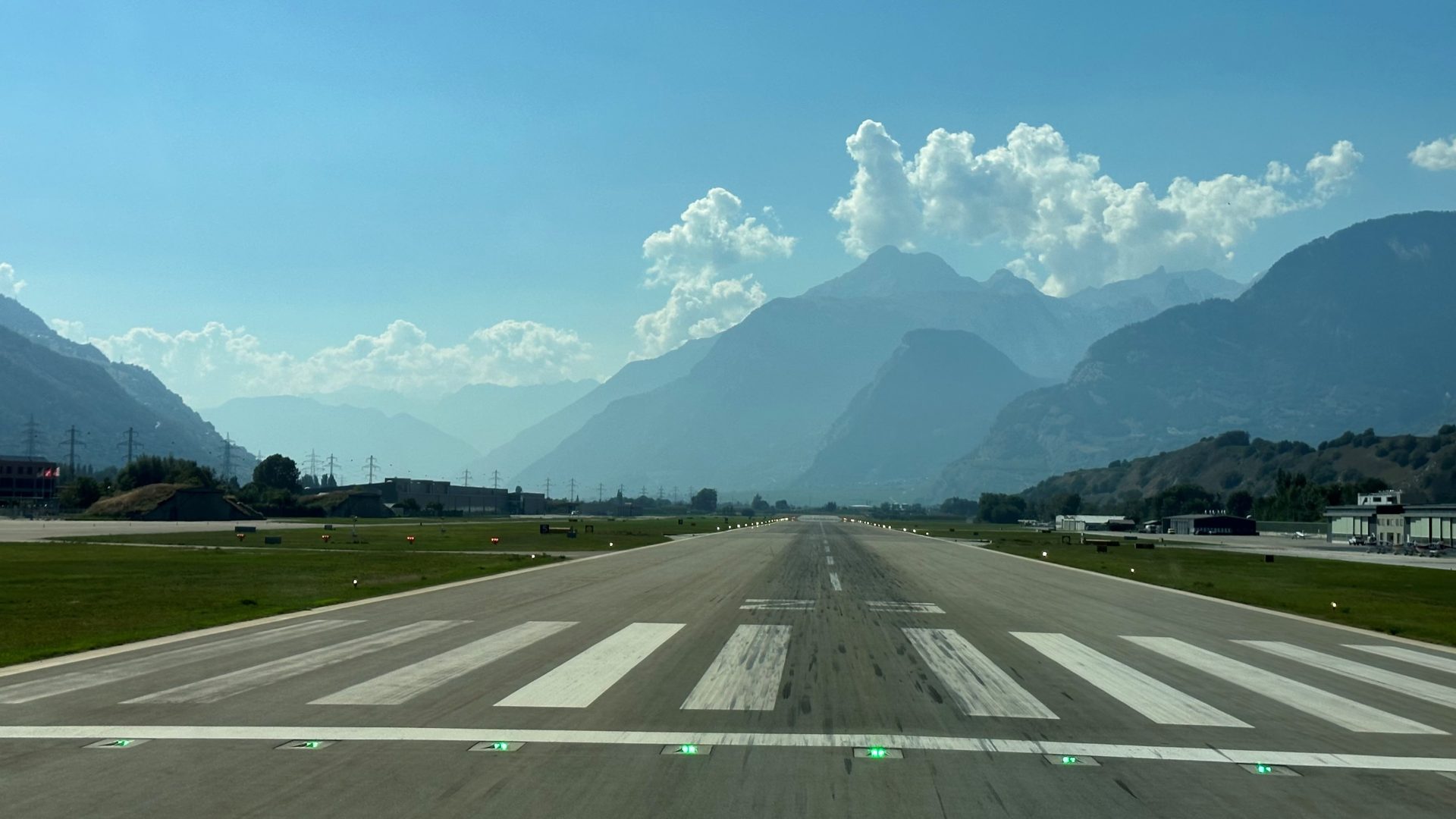
Zbigniew Mlotkowski explains: “Special procedures are required for each phase of flight, such as approach, landing, and missed approach — which must be executed if, for any reason, the aircraft cannot land. A higher aircraft weight requires greater engine thrust. The same applies to higher air temperatures. Special procedures are typically designed for such airports, allowing for safe continuation of the flight even in the event of operating with only one engine.”
To familiarise themselves with complex airports, pilots must complete simulator training. This enables them to combine previous experience, flying skills, and theoretical knowledge to carry out safe operations to and from demanding airports. The simulator’s geographical and navigational database accurately reproduces the local environment.
“Simulators provide detailed visualisations of all natural and man-made structures in the vicinity of the airport, preparing pilots for real-world conditions. Additionally, the simulators can simulate all relevant weather phenomena specific to each airport, allowing pilots to enhance their skills and be fully prepared for flight in the worst weather conditions,” comments Mlotkowski, Director of Crew Training.
During training sessions, pilots perform standard procedures applicable to specific airports, as well as abnormal or emergency procedures. These simulations cover system or engine failures and adverse weather conditions.
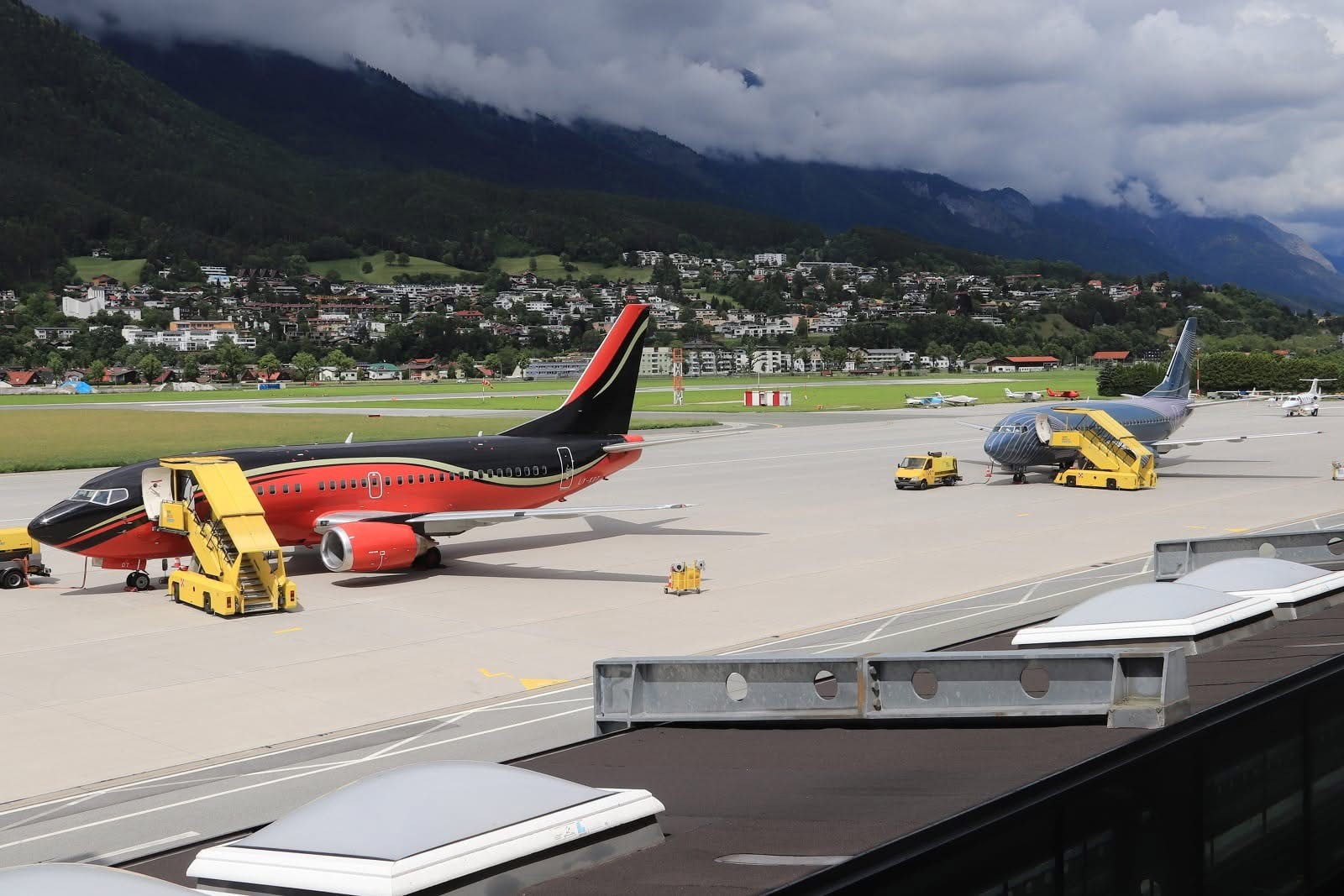
To ensure high-quality simulator training for specific airports, instructors must be familiar with the airport itself, including its environmental conditions, local regulations, and other relevant factors. Particularly complex airports require special instructor approvals before they are permitted to train other pilots.
All complicated airports require that only the captain conduct take-off and landing, as captains have more experience. Captains must complete training for such airports before their first flight and must also undergo recurrent training as required by regulations. Although first officers and cabin crew play a significant role in ensuring flight safety, it is always the captain who holds ultimate responsibility for the safety of the passengers, crew, and aircraft.
To operate in challenging airports, pilots must complete recurrent training. Mlotkowski continues: “European regulations require recurrent training — both theoretical and practical — every twelve months. However, for particularly complex airports, the validity of this training is reduced to six months to ensure that pilots’ knowledge and skills remain at the highest level.”
Special attention must also be given to flight planning when operating in demanding airports, as such conditions influence fuel considerations. “For challenging airport operations, additional fuel is usually planned to allow for possible holding patterns while waiting for weather improvements or for sequencing behind other aircraft. As with any flight, there must be sufficient fuel to safely proceed to an alternate airport if landing at the intended one becomes impossible,” says Zbigniew Mlotkowski.
For pilots operating in challenging airports, it is vital to receive the necessary training, continuously refresh their knowledge and skills, and conduct training sessions in simulators that replicate the unique conditions of those airports and their environments. “The key to safe operations at challenging airports lies in our pilots’ ability to adapt and respond to complex variables. It is not just about training — it is about continuous learning and precision in execution,” concludes the Director of Crew Training at KlasJet.
Editor’s comment: The team at African Pilot would be interested to know which are the toughest airports to land in Africa. Send your thoughts to: acirfa.tolipnacirfa@ksedswen
